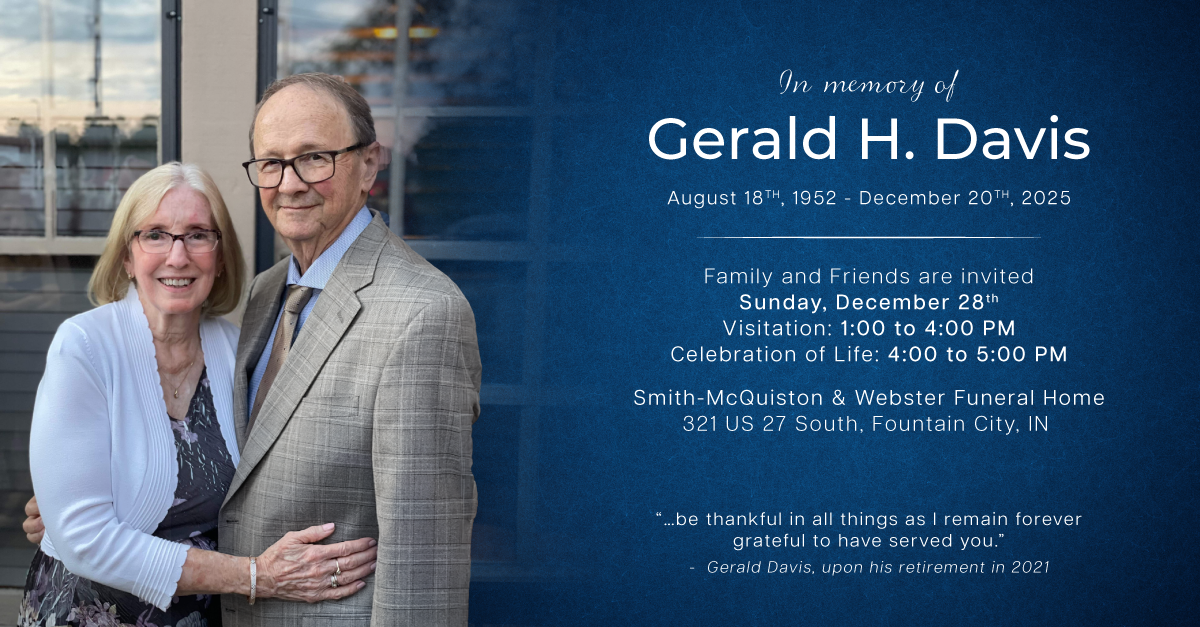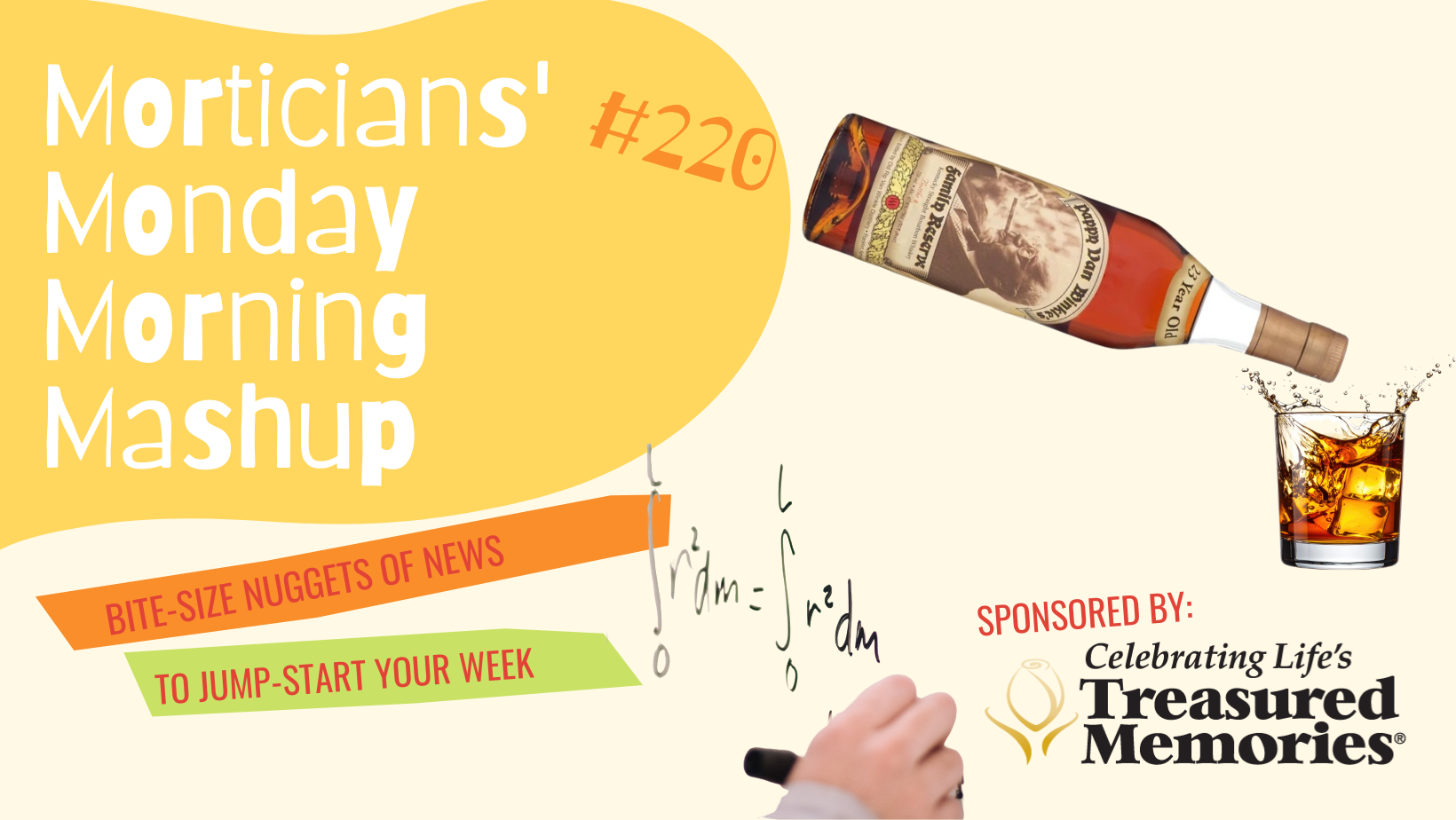Why “Cremation or Burial?” Should NEVER Be Your First (or Second, or Third) Question for Families
If you were to ask a few random strangers what they want for their funerals, what do you think they’d say? They probably won’t answer with their ideal location for a burial plot or why they want to be cremated. Know how we know this? Because Ryan Thogmartin has asked dozens of random strangers that exact question.
“Nobody ever said whether they wanted cremation or burial,” Thogmartin says. “They just talked about the service. They said ‘I want a band, and I want a keg, and I don’t want to have it at a church, but I want a pastor there. And I would love to have my funeral at my favorite park. Nobody said anything about burial or cremation.”
Thogmartin recalled this “man on the street” survey in the latest episode of Curtis Funk’s PodCasket podcast. That survey was just one example of why Thogmartin believes that no funeral director should ever lead a conversation with a family with a question about disposition. And Funk agrees.
“My advice would be ‘Don’t ask burial or cremation in the first three questions,’” Funk says. “Like, kick it way out. Go straight to service. Say, ‘How would you like to honor your loved ones?’ Start with that.”
That’s what Thogmartin hopes every funeral director would do: Start with service. It’s an approach that’s proven successful with several of DISRUPT Media’s funeral home clients, including one whose marketing campaign consisted of the director talking about all the “wild and crazy places” someone could have a funeral, like by the river, at a farm, in a baseball stadium, or even at the top of a mountain.
“Wherever you want to have a funeral, you can celebrate life,” he says. “We just focused on that. And I really think that’s where deathcare goes in the next ten years.”
The idea of an outside-the-box location for celebrations of life isn’t actually all that crazy. In fact, just this year the National Funeral Directors Association found that 52% of respondents to their 2024 Consumer Awareness and Preferences survey have attended a funeral at a non-traditional location. Recognizing this growing trend and understanding consumers’ preferences for personalization can not only build raving fans, but also contribute to the bottom line.
“If we continue to focus on cremation and burial, and the cost difference there …” Thogmartin says, “That’s where funeral homes struggle.”
He explains that despite the fact that funeral homes’ calls are at an all-time high, cash flow is dropping as more people choose cremation. Even so, he says, funeral homes can fill the gap by focusing less on commodities like caskets and vaults and more on the intangible aspects of service.
“Service is value-driven,” he says. “You’ve got to open the mind of the consumer to what’s possible with a funeral, because they don’t know that. We don’t think about that. It’s really no different than a wedding. You can have every aspect of a wedding at a funeral — a photographer, a videographer, a cake … you can have a dance. Like what if a funeral had a dollar dance that raised money for the funeral expenses, just like you do at a wedding?”
Despite the availability of these services, funeral professionals could do a much better job getting the word out to families. Foresight’s 2024 Funeral and Cemetery Consumer Behavior Study Report found that only about one-in-three consumers felt they had received the education they needed about available product and service options. It’s a huge missed opportunity to share all the possibilities for celebrating a life.
“I think we can get away from talking about burial and cremation,” Thogmartin says. “I think we hang our hats on disposition. We can get away from that and just focus on service and what it is that we can provide for our families. Because, think about it — 95% of our time at the funeral home is spent with the living, not the dead.”




